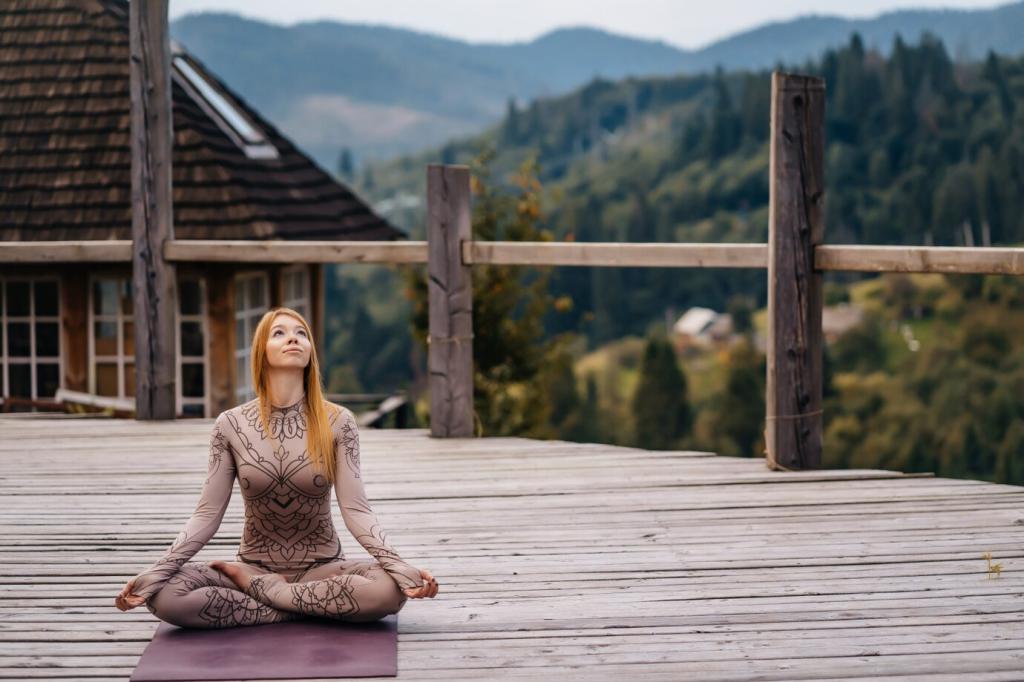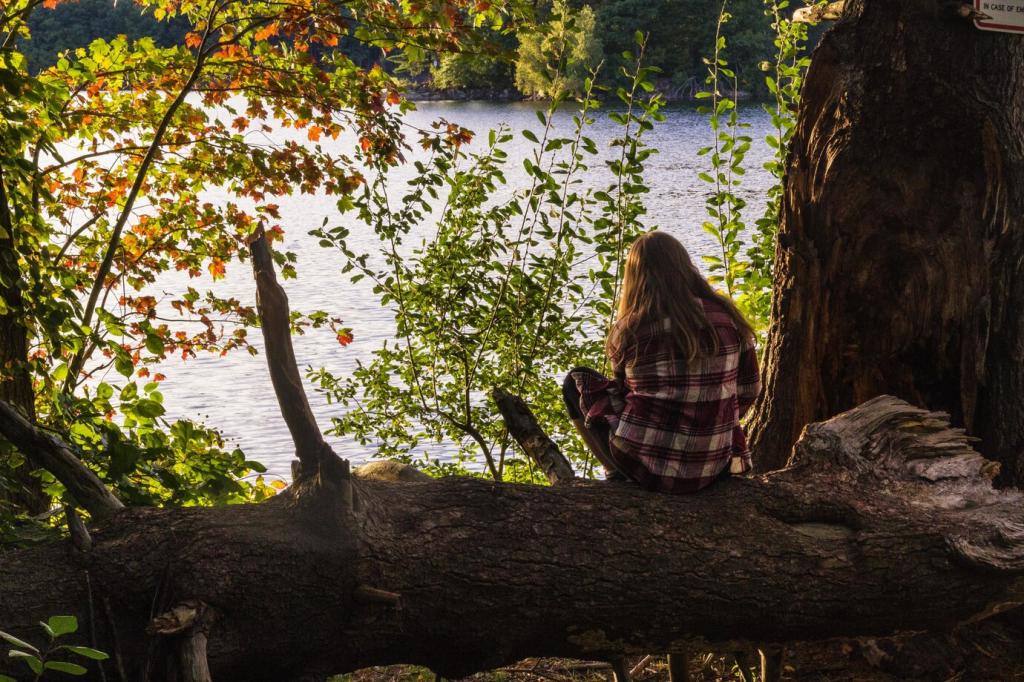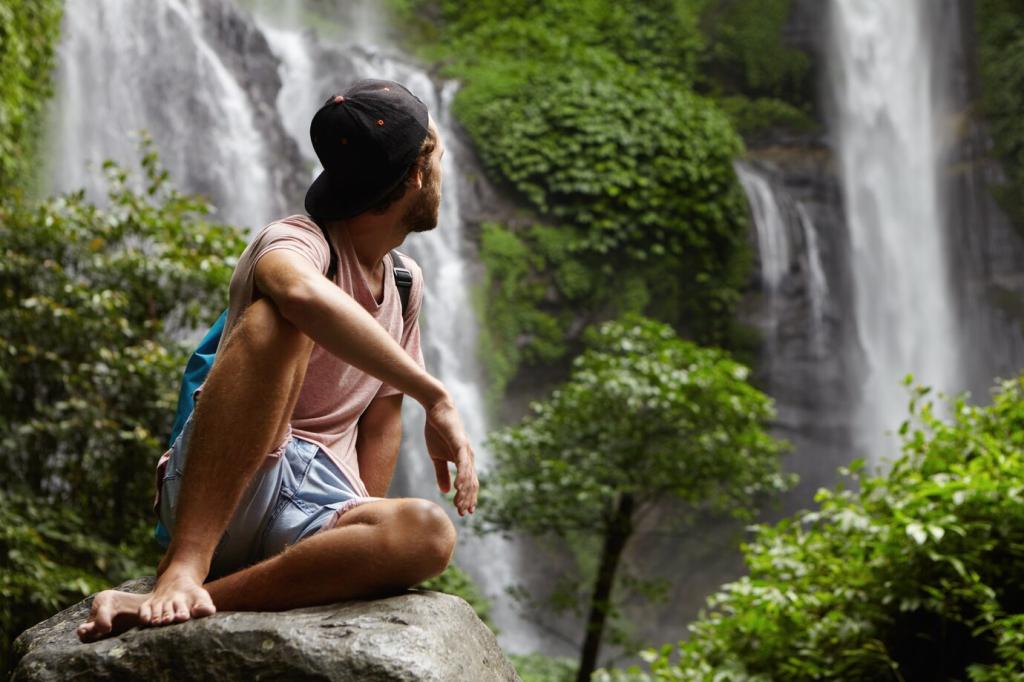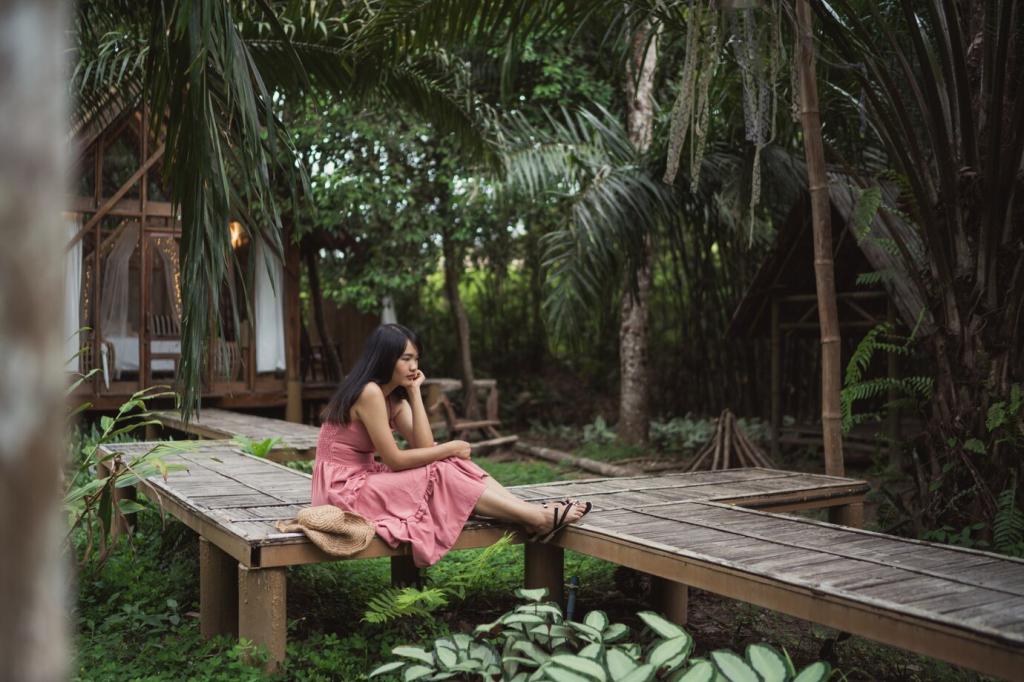Lakeside Yoga Retreats for Relaxation
Why Lakeside Settings Amplify Relaxation
The soothing power of blue spaces
Research on blue spaces shows proximity to water lowers stress markers and improves mood. Lakeside horizons soothe scattered attention, offering a soft focal point that encourages slower breathing and an easier transition into parasympathetic rest.
Gentle sounds as a metronome
The rhythmic lap of waves acts like a natural metronome for breath and movement. Matching inhalations to arrivals and exhalations to retreats helps cultivate presence, while minimizing cognitive effort and deepening relaxation without forcing it.
Nature’s ions and brighter moods
Fresh water environments can carry higher levels of negative ions, which some studies link to improved alertness and calmer mood. Whether science or sensation, many practitioners report clearer thoughts and softer shoulders within minutes by the shore.

Open with supported child’s pose, side-lying breath, and long exhalations. Continue into slow hip openers, reclined twists, and a prolonged legs-up variations against a dock bench. Finish with guided body scans that ride the water’s soft cadence.

Bring a heavier mat for traction on planks, a compact bolster, and a sandbag to anchor ankles in wind. A quick-dry blanket doubles as warmth during savasana and a cushion for seated meditation facing the shimmering horizon.

If breezes rise, shift from balancing to grounded shapes. On bright mornings, practice earlier for cooler air and softer light. Invite responsiveness: pause, listen to the lake, and let its tempo choose your next restful posture.
Mornings on the Dock: A Flow for Renewal
Start seated, toes grazing the dock’s edge. Practice three-part breathing, lengthening exhalations by one count each round. Let the lake mirror steadiness, then seal intention with a simple mantra: I move like water, I rest like water.

Ginger-mint tea before practice warms the belly, while a slice of citrus refreshes without heaviness. Avoid sugary snacks pre-flow; favor a few soaked almonds or dates for steady energy that respects the retreat’s unhurried rhythm.
Lakeside Nourishment and Hydration Rituals
Pack quinoa salad with herbs, olive oil, and roasted vegetables that hold up in a cooler. Add blueberries for brightness. Share your favorite lakeside-friendly recipes in the comments, and join our newsletter for monthly retreat menus.
Lakeside Nourishment and Hydration Rituals
Stories from the Shore: Moments That Changed Us
A teacher’s turning point
During a stormy retreat, our teacher paused class to listen. Silence followed the rain’s drumbeat, and the group exhaled together. Many said that single minute taught more about presence than any alignment cue ever could.
A traveler’s first silent morning
One guest arrived burnt out, worried silence would feel lonely. By day three, sunrise reflections became her anchor. She wrote that the lake held her thoughts gently, until even worry forgot how to speak loudly.
A community forming around stillness
Strangers met on the dock and kept meeting online after the retreat ended. They now share monthly check-ins, lakeside playlists, and gentle accountability. Add your voice—tell us how water steadies your practice, and follow for future circles.
Building Community and Boundaries at Retreats
01
Brave conversations and gentle consent
Before adjustments, ask clearly and receive a clear yes. Encourage self-advocacy for space and rest. Invite participants to share accessibility needs anonymously, fostering safety that lets everyone unwind without performing or apologizing.
02
Silence hours that heal
Establish morning quiet until breakfast, so breath, birds, and lake can be primary teachers. Silence allows introverts to replenish and extroverts to discover new ease. Comment with your favorite silence rituals to inspire future retreats.
03
Welcoming diverse bodies and backgrounds
Offer variations and chairs, teach from consent, and honor cultural differences in rest practices. Relaxation is not one shape. Invite stories, not comparisons. Subscribe to our updates for resources on trauma-aware, lakeside-informed facilitation.
Planning Your Lakeside Yoga Retreat
Smart packing for changing weather
Layers matter: quick-dry base, light fleece, windproof shell. Include a hat, sunscreen, and biodegradable bug repellent. Pack a headlamp for pre-dawn practice and a dry bag to safeguard your journal and devices from mist.


Safety and water etiquette
Check dock stability, avoid slippery algae patches, and keep valuables secure. If practicing near swimmers or paddlers, set clear boundaries. Respect local guidelines, and announce your group’s presence kindly to share the shoreline gracefully.
